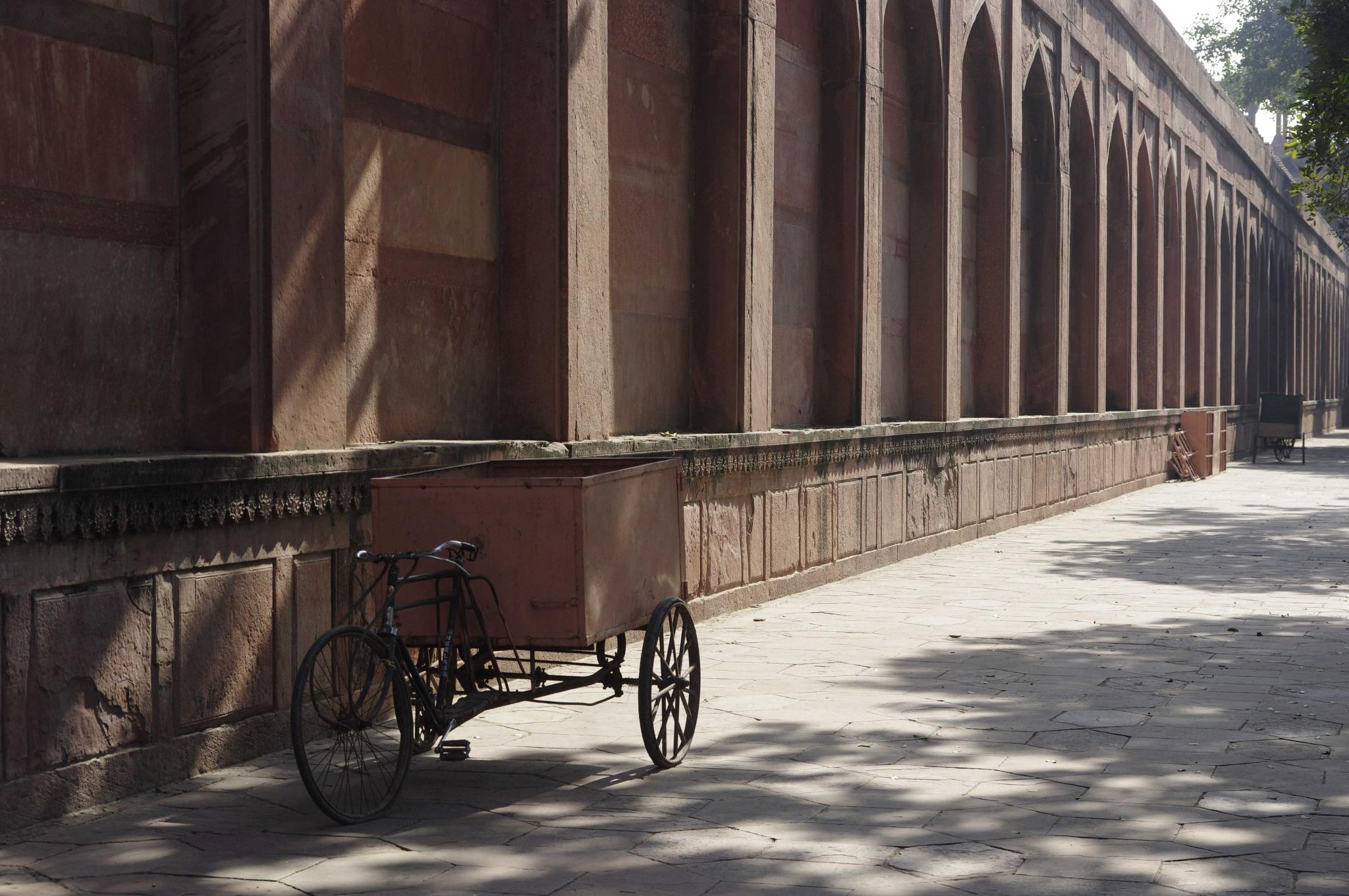I'm looking back at my travel diary from my first trip to India and find, at the back, a list of "lessons to learn" for packing for future long trips. It makes interesting reading.
- Bring a torch. Power cuts when you're in the shower; roads that are unlit at night, even in major cities; architectural sites where the interior of temples is not well lit - a good small torch is a godsend.
- Buy an Indian mobile phone or SIM card on day one. I could have saved myself a lot of trouble if I'd done this. There's bureaucracy to get through... but it would have been worth it. Relying on Skype plus antiquated phone booths doesn't really cut the mustard.
- Take a good roomy handbag, not a daypack. It's easier to access things on the go, it doesn't shout 'tourist' at quite such high volume, and with the exception of the occasional big hike like Parasnath or Mount Girnar, it's just as comfortable.
- Make sure all the trousers and shirts you pack have pockets. This might not apply to everyone, but as a keen photographer I need somewhere to put a lens cap, a spare SD card, a filter, when I'm actively taking photos - having to put things back into a bag when you know you'll need them again in a minute or two is a nuisance. Either this, or pack a flak jacket with zillions of pockets ... but that's not a look that is particularly pretty.
- Pack plenty of socks. I have big feet even for a European. In India and south-east Asia they are giantess feet, and almost impossible to buy socks for. Oh, and make sure they are cotton or wool, not poly. (Of course you can omit the socks completely and just wear flipflops. But in which case, Girnar might be a very uncomfortable trek indeed.)
- Prescription specs or contact lenses? Pack the prescription. I was able to get a new pair of specs at short notice in Pune. I probably could have got an eye check if I needed to, but having the prescription made it easy for me to get a new pair quickly.
- My jagbag was a lifesaver. Grubby sheets and blankets in Indian hotels are no problem when you have one of these silk sleeping bags; used as a bag liner they'll also keep you from having to wash a heavy sleeping bag (impossible to dry out afterwards!). After six months of nightly use mine did have to be mended in a couple of places by the tailor in Orchha, but then it just kept going... they really are tough.
- Get organised and use a packing list. If you don't, you're sure to forget something. If you're flying, take a look at the relevant aviation authority/airport/airline websites to ensure your luggage is the right size and weight, and you don't pack anything that's going to be problematic or get confiscated.
- Sort out your priorities. As I'm a travel writer and photographer my key priorities are a good big notebook (yes, I still take notes by hand, and draw little pictures) and photographic equipment; I will travel with only one change of clothes rather than not take my best telephoto lens. Pentax kit in particular is very difficult to source when you're on the road. Your priorities might be different. I met one musician who takes a uke everywhere - whatever else has to go to make it possible.
- Pack, take everything out, lay it out on the bed, throw as much as you can away, and repack. This may need to be an iterative process if you are really having difficulties getting everything into your bag.
- Pack clothes that you can wear in layers, particularly if you're backpacking different climates.
- Organise your stuff for easy access. I use waterproof bags (which is useful if I'm trekking across glacial rivers, for instance). Camera kit and tablet goes in one, underwear in another, toiletries and contact lenses in a third. I have another bag for paperwork,including maps, notebook, tickets. If I'm only staying one night somewhere I don't even need to unpack.

